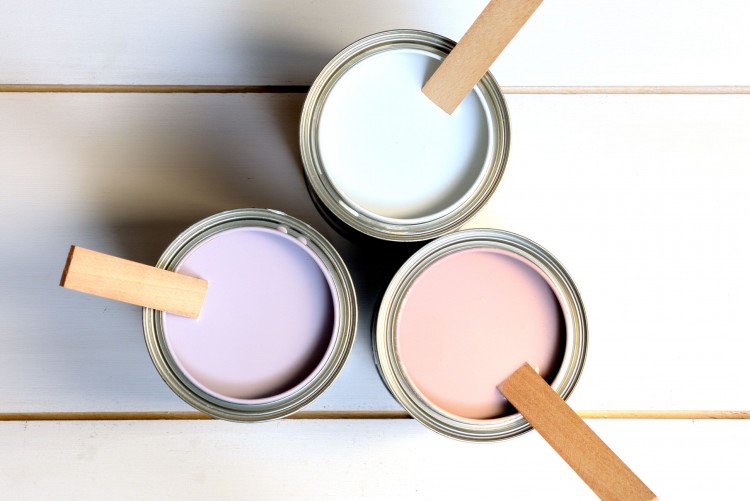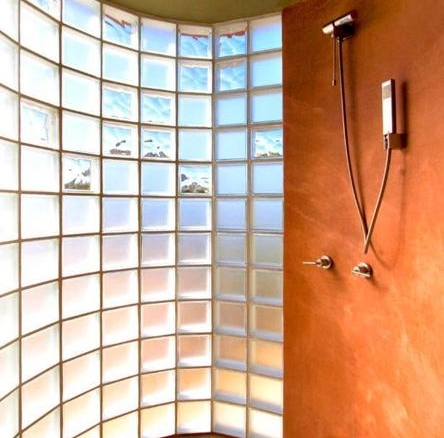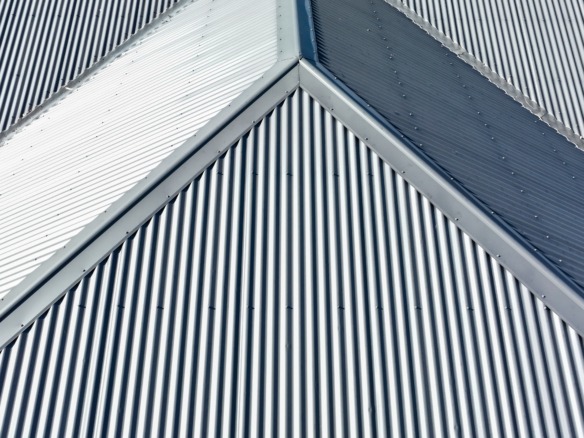Painting your property is a great chance to give it a fresh look. It can also help it look new and well-maintained.
Everybody knows that a new coat of paint can significantly boost property value, so a lot is at stake here, especially if you plan to sell up in the foreseeable future. If you give anything less than your best, it can cost you!
You’ll need more than a brush, a paint tin, and good intentions to do a great job here. Painting is an art form, whether creating a beautiful landscape portrait or coating a wall in your home with one colour. A successful project requires patience, wisdom, and perfect conditions to produce the best work possible.
Let’s focus on that last point, then! Here are some tips to help you create the perfect conditions for painting your property.
Plan Basic First
Granted, the need to plan is obvious. However, you might be surprised by how easy it can be to overlook some basic requirements for a good paint project.
You should look at the paintwork within other homes to see what you could be doing. A great way to do this is to look at property listings, as you will usually be presented with high-quality interior pictures. You can view a block of flats for sale online, allowing you to look at the paintwork within multiple properties, which could inspire you!
You should take stock of some rudimentary things before starting with the work’s main thrust! They include:
– Securing drop cloths to keep the area and furniture clean.
– Buying paint rollers so you can cover more areas of a wall faster. Don’t just rely on a standard paintbrush!
– Budgeting effectively to control your spending and feasibly pace your project.
– Creating time in your personal schedule to ensure the job isn’t disruptive to your lifestyle.
The last thing you need is to be surrounded by a half-completed project for longer than necessary. So, try to accurately assess the scale of your job and the tools and equipment it will require. Otherwise, bothersome setbacks are assured.
Find Local Professionals
Depending on the scale of your painting work, you may need a helping hand from a few experts. It’s important to realise when that’s necessary, as it could save you time and money.
You may need to fill holes in your wall with plaster pre-painting. It’s possible to DIY smaller jobs in that category, but you’re better off working with a professional for entire walls requiring numerous fixes. Plasterers create robust, shiny, and healthy-looking walls, giving you the perfect canvas for forthcoming paintwork.
It could also be worth hiring painters and decorators for certain areas too. If your home has hard-to-reach or awkward elevated areas, an expert can tend to those areas safely and efficiently. Great care can be needed in some aspects of painting work, so acknowledging those risks or where standards need to be raised is advised.
You can find painters, decorators, and plasterers near you with MyBuilder, who connect vetted tradespeople with customers in need. They can also help you find local plasterers and other services, so these working relationships can just be the start of a longer rapport. Get familiar with the platform, browse trader work histories, and know who you’d like to work with when you’re ready.
Clean the Walls
Plastering a wall creates a smoother surface to paint on and establishes a better texture. However, it’s not the only measure that might be needed.
Generally, cleaning the walls is also advised. If you have to move certain furniture items away from the wall, you may even discover major incidents of grim and mould, depending on your situation. Therefore, it’s important to eradicate any of these issues as effectively as possible the moment they’re discovered.
Even if there isn’t major mould and dirt, walls and ceilings should still be cleaned pre-painting to ensure you’re not just coating a load of grime in new colours. Try to do all this with natural light to better see where shabbier areas might need more TLC. Use warm water, sponges, cleaning solutions, and detergents to make surfaces shiny again. Finish off your effort with clean, warm water to wash away any residuals from the cleaning products you may have used.
Choose Paints Low in Volatile Organic Compounds
Volatile Organic Compounds (VOCs) are chemicals that are often present in water-based and solvent-based paints. VOCs’ role changes subtly depending on what paints they are used in, but they can be dangerous in either mode of use.
However, there are paints out there that are low in VOCs. It’s worth stressing that they’re not often eradicated entirely, but low-VOC paint can be a safer option if you have young family members living under your roof.
How do you choose a reliable paint brand for these concerns? Ideally, they’ll adhere to their industry’s emissions standards, which means their paints should contain 5g/L or less of VOCs. The tinting process for the paints should also be VOC-free. The brand should have online literature or label information on the product that provides consumers with these assurances. Keep your eyes peeled!
The great thing about VOC-low paints is that they’re also eco-friendly as well. Consequently, green certifications associated with the paints you’re using can also be good indicators of VOCs being kept down. Still, if you’re ever in any doubt, ask the customer service personnel of any store you’re visiting for paints; they’ll ensure you’re purchasing the product most optimum for your needs!
Open the Windows
You probably don’t need to be told that paint fumes are dangerous. However, they can be dangerous long before many people assume them to be so. Even if you’ve bought zero-VOC paint, even these often aren’t completely free of them, despite what the name suggests.
Should you be immersed in your own productivity and creativity, it’s quite easy to forget to crack open a window. If you’re stewing in a situation where you’re accidentally inhaling paint fumes for a prolonged period, it can cause serious health complications. They include:
– Headaches and dizziness.
– Hallucinations.
– Eye irritation.
– Breathing problems.
Children can be particularly sensitive to paint-related problems, so if you have kids, ensure they’re not milling in rooms where windows aren’t open during paintwork. Impress the importance of keeping theirs open if the project is in their rooms, too!
Have a Few DIY Hacks on Standby
You may prepare for extensive painting work to an amazing standard, but accidents can still happen. To create perfect conditions for painting, you need to have a few emergency DIY hacks on standby!
Very recently, some messy painters reported that dipping a towel into rubbing alcohol and wiping away paint splatters can be incredibly effective for removal. There were some initial concerns it’d damage the floors, but these turned out to be false. So, instead of painstakingly scraping away rogue splatters with a fingernail, save yourself a few hours with these types of solutions instead.
You can also use masking tape to carefully outline the parameters of areas you don’t want to paint over. Window frames, door frames, and trimming can all be better protected this way. If you risk it, there’s a good chance you’ll then have to repaint those areas once the walls and ceilings are done. And then you might fleck that paint on your walls and ceilings, and on and on the cycle goes! Why risk it?
Conclusions
As you can see, there’s rather a lot to think about when you’re trying to create the perfect conditions for painting your property. Unfortunately, it’s not just as simple as laying down some cloth and waving a paintbrush around. By taking the precautions outlined above, you can oversee a project that’s easier to manage, safer, and more cost-effective.




